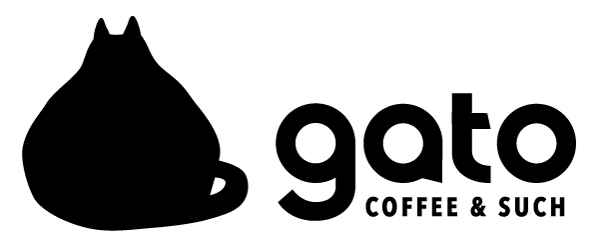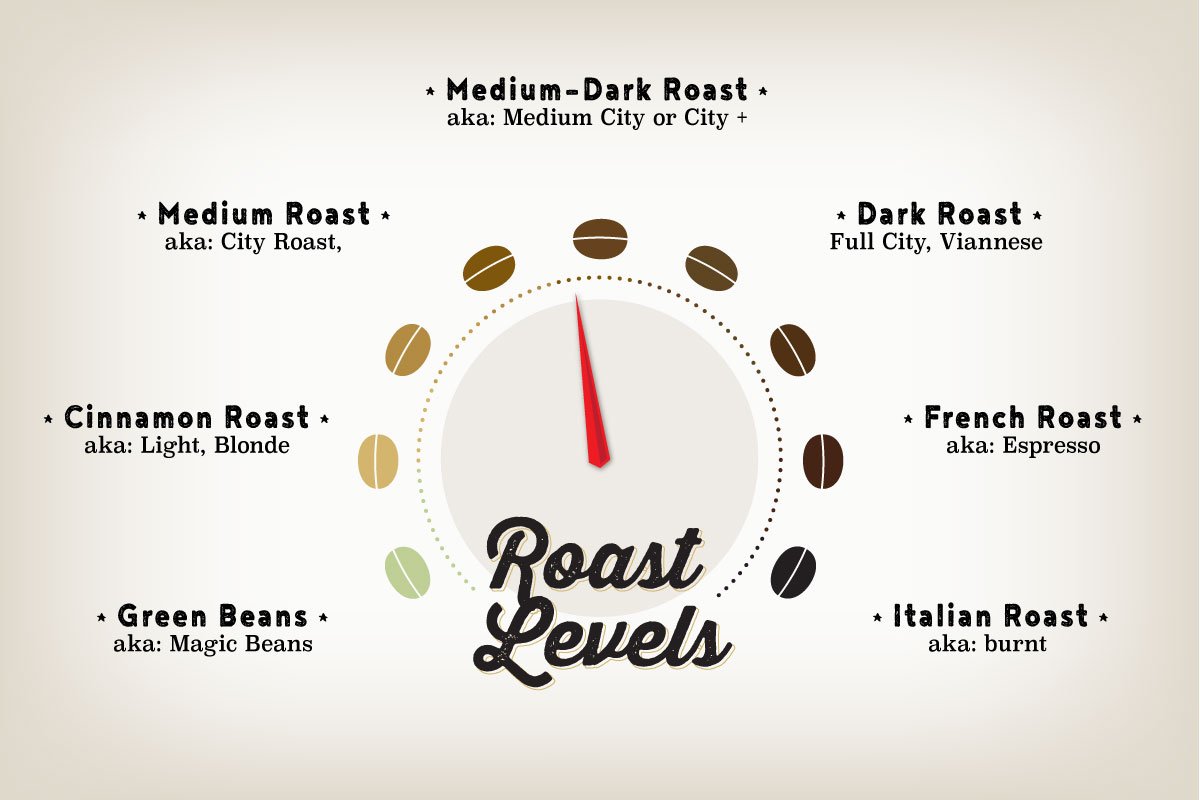Like so much in the coffee industry, a true consensus on roast names and what exactly they indicate about a coffee remains elusive. But this simple guide should give you a point of entry to the basics roasts you’ll see wherever you buy coffee. From light/blonde grassy, floral roasts to pungent, smoky, carbonated dark roasts, there’s a universe of flavors to explore from bean to roast to cup. Gato’s roasts go from medium to medium-dark, which is where we think the coffee we source truly shines. Of course, personal preference will always be the final Decider but for a balanced, carmelly cup with light to medium body, look for a City, Medium City or even a Full City roast.
Cinnamon (or Blonde)
A cinnamon roast imparts a grassy or nutty-tasting, highly acidic cup of coffee. This is where you can really taste the original characteristics of a bean, but because it’s not roasted long, the flavors unlocked through the roasting process are underdeveloped if they appear at all. Also known as a blonde roast, this definitely isn’t our favorite but many inexpensive consumer coffees rely heavily on this type of roast.
Medium (or City) to Medium-dark (or Medium City)
Medium and medium-dark roasts tend to offer coffee a mellow caramel flavor with a subtle but lovely balance of acidicty and body, with some floral and fruity hints. Depending on your taste, the window of deliciousness can be very slim indeed – in the time it takes for you to read this sentence, a roast can go from ambrosia to am-not-brosia, just like that.
Dark (or Full City or Viennese)
Darker and more pungent, a Full City or Viennese roast is what larger corporation coffee tends to favor. For example Starbucks relies on a Viennese roast for its standard coffee. However, many modern roasters feel that the longer roast snuffs out the original flavors of the bean and is too heavy or syrupy to let any subtleties through. The result is a cup that’s more roast than bean.
French and Italian Roast
Let’s keep going. Almost black in color and slick with oils, these darkest roasts often taste bitter and burnt. Unless you’re roasting it yourself, many French and Italian roasts are rancid by the time you’ll find them on the grocery shelves – such a degraded bean structure allows rapid oxidation. And let’s go ahead and apologize to the Italians – somehow they became identified with this overly crispy roast, but the truth is, they drink almost exclusively espresso made from city to full-city roasts. If you’ve ever been to Italy, you know. Real Italian coffee is decidedly not burnt.

